The nameplate ratings on photovoltaic (PV) panels and modules summarize safety, performance, and durability specifications. Safety standards include UL1730, UL/IEC61730, and UL7103, a recent standard for building integrated photovoltaics (BIPV). Safety standards ensure that PV modules demonstrate non-hazardous failure modes.
Performance standards include IEC 61215, which specifies requirements for the design qualification and type approval of terrestrial photovoltaic modules suitable for long-term operation in general open-air climates, as defined in IEC 60721-2-1. It applies only to crystalline silicon module types. A standard for thin-film modules has been published as IEC 61646. Light and elevated Temperature Induced Degradation (LeTID) is a separate specification associated with IEC 61215.
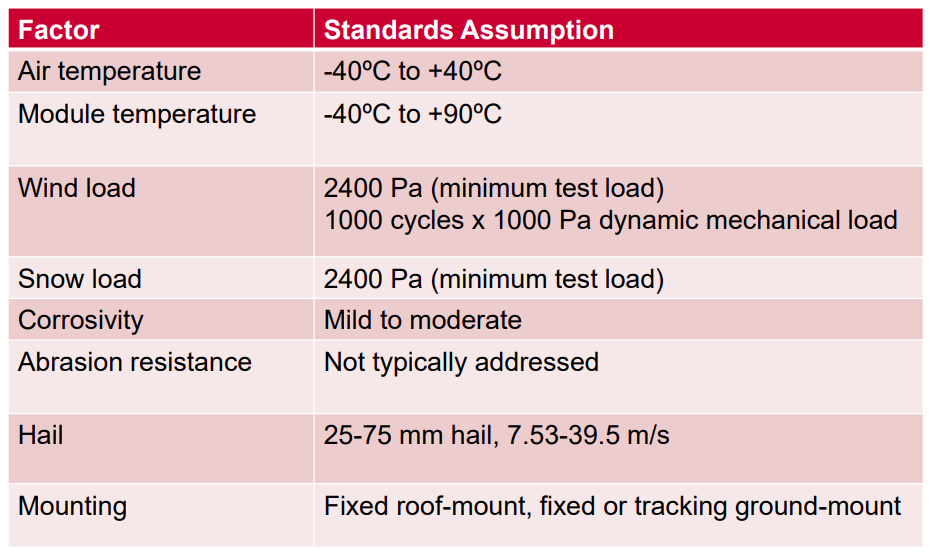
IEC TS 62782:2016(E) provides a test method for performing a cyclic (dynamic) mechanical load test. This test may be utilized to evaluate if components within the module, including solar cells, interconnect ribbons, and/or electrical bonds within the module, are susceptible to breakage or if edge seals are likely to fail due to the mechanical stresses encountered during installation and operation. There are additional specifications for balance of system (BOS) components, such as IEC 62790 for junction boxes and IEC 62852 for connectors. Standards for PV inverters will be discussed in the next FAQ in this series, “Under the hood of PV inverters.”
While PV modules are required to comply with various safety and performance standards, the measurement of durability is different. Module durability testing methods are standards-based, but specifying the durability levels is up to individual module makers. Durability testing can include accelerated life testing, temperature cycling, humidity/free testing, dynamic mechanical load tests, ultraviolet radiation damage testing, and so on.
Extreme environments
Durability testing of PV modules is particularly important when the modules are used in potentially extreme environments where high winds, heavy snows, hail, or other phenomena can damage the modules, creating hazardous conditions. Examples of extreme environmental testing include:
- Wind load durability is addressed in UL 2702 (for fixed installations) and UL 3703 (for trackers) for static and uniform mechanical load and bonding tests. Most PVC modules are rated for about round 2,400 Pa (about 50 pounds per square foot), which equates to a wind speed of about 141 miles per hour. IEC 62782 includes the quantification of dynamic mechanical loads from varying wind speeds; it considers natural frequencies under 10Hz and damping and dynamic amplification factors.
- Snow load capability is tested at 1.5-times the specified rating in IEC 62938. Future extensions of this standard are expected to include non-uniform snow loading. Most PV modules are rated to hold a pressure from a snow load of 5000 Pa (about twice the minimum requirement), which equates to between 2 and 4 feet of snow, depending on the snow’s type and density.
- The module manufacture determines hail impact test conditions, and various testing laboratories verify compliance based on IEC 61215. Designers of specific PV installations are expected to assess site-specific risks of exceeding test conditions and require higher hail resistance levels.
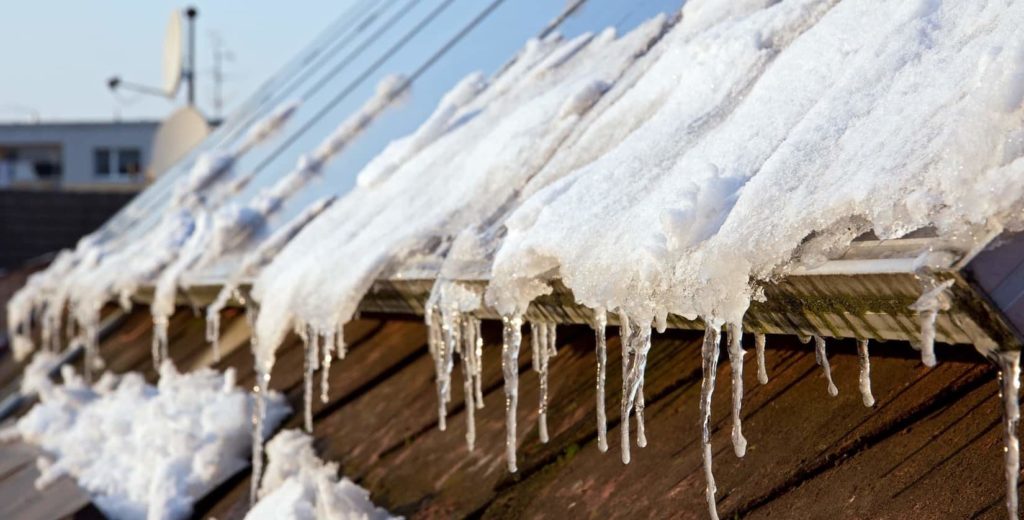
These standards are under constant review and expansion to accommodate new applications with extreme environments. Floating PV installations and PV pavers in sidewalk or roadway installations are two examples of emerging applications with extended extreme environmental requirements.
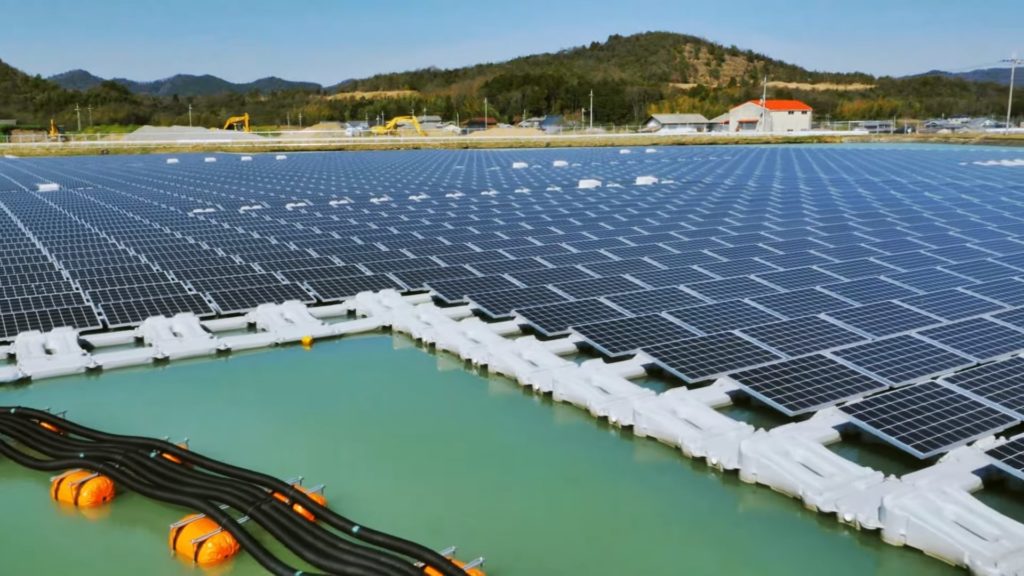
Examples of safety, performance, and durability ratings being considered for these new applications include:
- Floating PV
- Shock / electric shock drowning
- IP ratings of PV and BOS
- Chronic soiling, heating, and shading
- Site-specific cyclic loading and fatigue
- Corrosion
- Operation and maintenance safety
- Reliability of floats and moorings
- PV pavers
- Immersion risk and impact on reliability and safety
- Slip risk
- Cyclic compressive loading (e.g., high heel shoes)
- Maintenance operations such as shoveling and the application of sand and/or salt
PV module nameplate ratings
All PV panels receive a nameplate power rating indicating the amount of power they produce under industry-standard test conditions of 1000 Watts/m² of sunlight shining on the panel at 25°C. 1000 Watts/m² occurs on a clear day at sea level for a surface perpendicular to the sun’s rays. It’s referred to as “solar noon.” The nameplate rating represents the power output under ideal conditions, which stationary solar panels don’t experience for more than a few moments at a time. Most residential and commercial solar panels on the market have power ratings in the range of 250 to 400 watts. Because they are measured under identical industry-standard conditions, solar panel ratings are useful to make consistent comparisons between panels.
However, because 25°C is not a real-world operating condition, a rating system called PTC (Photovoltaics for utility-scale applications Test Conditions) has been developed to rate the likely power output of a solar panel. PTC uses a cell temperature of 45°C because the cell temperature is generally around 20°C higher than the ambient temperature.
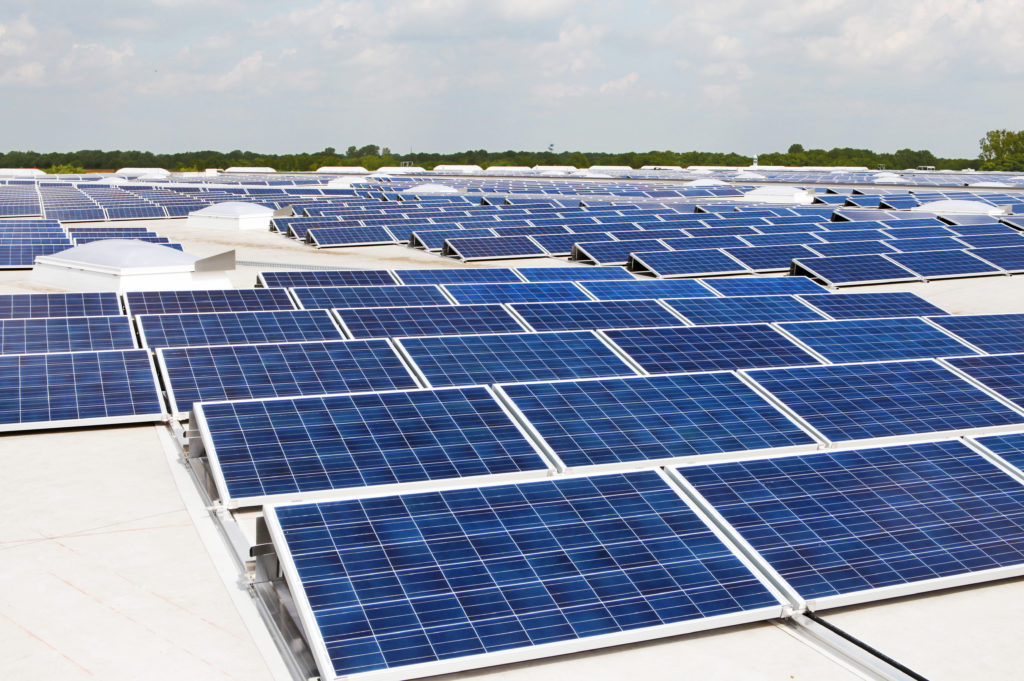
Although separately specified, power tolerance should be considered together with the power rating. For example, a 250-watt panel with a ±5% power tolerance could actually produce anywhere from 237.5 watts to 262.5 watts under ideal conditions. A narrower power tolerance range is generally preferable to a wider one because it represents a more consistent panel operation. It should be noted that most crystalline solar panels on the market typically have zero negative power tolerance, meaning the panel may produce more than its rated power under standard test conditions, but not less.
A panel’s efficiency is expressed as a percentage of the solar irradiation that the panel can transform into usable electricity at standard test conditions. Efficiencies of solar panels can range from about 18% for lower cost polycrystalline panels to about 25% for mono-crystalline panels, so there is a significant difference in the amount of energy produced. A high-efficiency panel can produce almost 40% more energy but at a significantly higher cost.
Because there is a tradeoff between efficiency and panel size and cost, the most efficient panel is not always the best for a given application. In space-constrained installations that can absorb a higher cost, high-efficiency panels will produce more energy. If the installation is not space-constrained, larger and lower efficiency panels can be used and cost less.
There is often a correspondence between efficiency and temperature coefficient, with more efficient solar panels having better temperature coefficients. Temperature coefficient measures the percentage that the solar panel’s peak rating is reduced for each degree above 25°C at which the panel is operated. High-efficiency mono-crystalline panels may have a temperature coefficient of minus 0.30%/°C, while lower efficiency polycrystalline panels have temperature coefficients of about minus 0.41%/°C. Under typical operating conditions of 45°C, a panel with a minus 0.30%/°C temperature coefficient would produce 6% less than its rated power. In contrast, a panel with a temperature coefficient of minus 0.41%/°C would produce about 8% less than its rated power. The output difference of 2% may not be significant enough in many installations to justify the higher cost of the higher performance panels.
Finally, there are performance warranty considerations. Power production warranties take two forms: A common warranty level is that the panels will retain at least 80% of their power generation capacity after 25 years of operation. Also, there can be specific guarantees that the output will only decline by a certain percentage in a single year (usually a maximum of 0.7%). And most manufacturers guarantee that there will be no panel failures due to manufacturing defects, durability, and environmental issues for 10 to 12 years.
The first FAQ in this series reviewed “Trends in photovoltaic energy conversion.” The third and final FAQ will look “Under the hood of PV inverters.”
References
Nominal power (photovoltaic), Wikipedia
PV Module Safety and Performance Standard Requirements in Extreme Environments, National Renewable Energy Laboratory and UL
Solar PV Energy Guide, Iowa Energy Center
Winter and Solar Panels, Solar Five

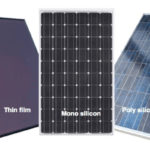
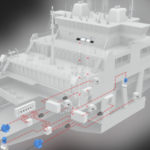
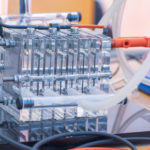
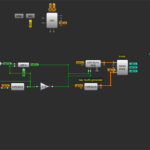
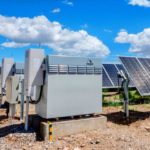

Leave a Reply